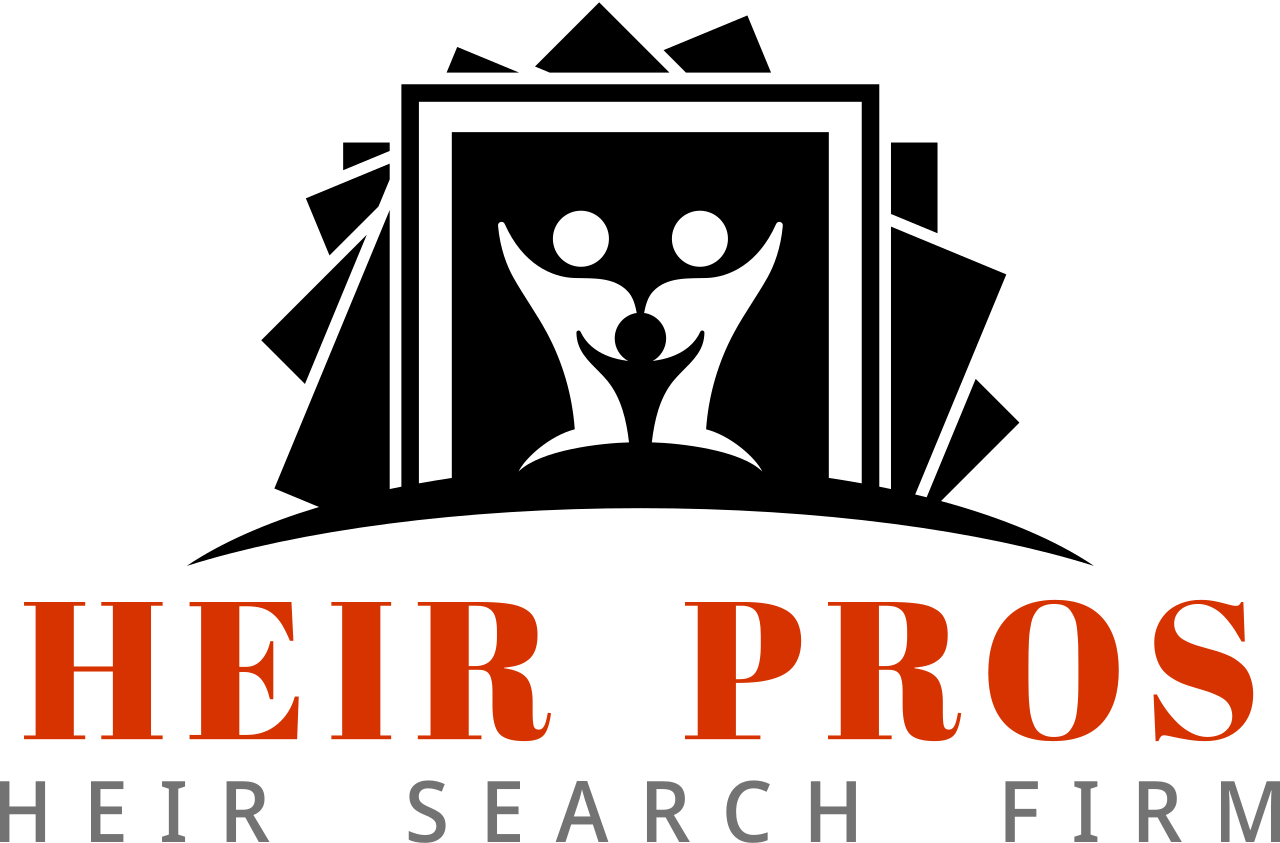Summary
When a person passes away, determining the rightful heirs can become complex, especially when posthumous children are involved. Probate courts are responsible for interpreting inheritance laws and ensuring that all eligible descendants, including those born after a parent’s death, are recognized. This article delves into how probate courts handle heirship involving posthumous children, outlining common challenges, a step-by-step process for navigating these cases, and expert tips to consider. Understanding this process is essential for attorneys as they advocate for the interests of all clients in estate proceedings.
Overview
Probate is the legal process through which a deceased person’s will is validated and their estate is settled. One of the most complex issues that can arise during probate is determining heirship when there are posthumous children. A posthumous child is one who is born after the death of their parent. In many cases, these children have specific rights to inherit alongside or instead of other potential heirs.
The laws surrounding posthumous children vary by state, adding another layer of complexity. Understanding how probate courts interpret these laws is crucial for attorneys working in estate and probate law.
Common Challenges
Determining the status of posthumous children in probate can present several challenges:
– **State Variability**: Laws differ from state to state regarding inheritance rights for posthumous children. Some states recognize them fully, while others have more restrictive criteria.
– **Proof of Parentage**: Establishing that the posthumous child is indeed the biological offspring of the deceased may require legal documentation, which can involve genetic testing or documentation of conception dates.
– **Disputed Claims**: Conflicts may arise if there are competing claims to heirship from other potential heirs or if there are questions about the validity of the deceased’s will.
– **Lack of Awareness**: Some heirs may not know about their rights, leading to delays in the probate process and potential litigation.
Step-by-Step Process
Here’s a simplified step-by-step process for navigating heirship issues when dealing with posthumous children:
1. **Identify the Parties Involved**: Gather information on all potential heirs, including posthumous children and other relatives.
2. **Verify Family Relationships**: Obtain necessary documentation to confirm the relationship between the posthumous child and the deceased. This may include:
– Birth certificates
– DNA tests
– Witness testimony
3. **Review State Laws**: Consult your state’s probate code to understand how it addresses posthumous children. For example, California law recognizes posthumous children as heirs with the same rights as children born during a parent’s lifetime.
4. **File Necessary Petitions**: If you represent a posthumous child’s interests, file the appropriate documentation with the probate court. This could include a petition for appointment of an administrator or executor if there is no will.
5. **Attend Hearings**: Be prepared to represent your client’s interests at probate hearings, presenting evidence of heirship and arguing for your client’s rights.
6. **Resolve Disputes**: If conflicts arise, negotiations or court mediation may be necessary to come to a resolution.
FAQs
**What is a posthumous child?**
A posthumous child is an offspring who is born after the death of one of their parents. They may have specific inheritance rights under state laws.
**How do courts determine inheritance for posthumous children?**
Courts typically examine statutes related to posthumous children in the relevant state’s probate code, as well as evidence proving the connection between the deceased and the child.
**Are posthumous children treated the same as other children in inheritance matters?**
In many jurisdictions, posthumous children are treated equally under the law, but this can vary depending on the state.
**What documents are needed to prove status as a posthumous child?**
Necessary documents may include birth certificates, any available prenatal records, and genetic testing results if applicable.
**Can a will exclude a posthumous child?**
Depending on the state, a will may not disinherit a posthumous child, particularly if the laws provide them with inheritance rights, so it’s essential to consult local probate statutes.
Expert Tips
– **Familiarize Yourself with State Laws**: Each state has different laws governing posthumous children and their inheritance rights. Refer to state resources such as [Nolo](https://www.nolo.com) for guidance.
– **Maintain Clear Documentation**: Clear, concise records of relationships, births, and any communications regarding the estate can help in establishing a posthumous child’s claims.
– **Consider Mediation**: When disputes arise, mediation can be a productive way to resolve conflicts without the time and expense of court litigation.
– **Educate Your Clients**: Make sure your clients understand their rights as potential heirs. This can help prevent misunderstandings and disputes later on.
Related Resources
For more detailed information, you can explore our page on [Heir Search Services](https://www.heirpros.com/heir-search-services), which outlines the steps for locating missing heirs and ensuring proper distribution of estates.
Understanding the probate process, especially concerning posthumous children, can help facilitate smoother resolutions and protect the rights of all heirs involved. Legal professionals should stay informed and proactive to best serve their clientele in these sensitive matters.




